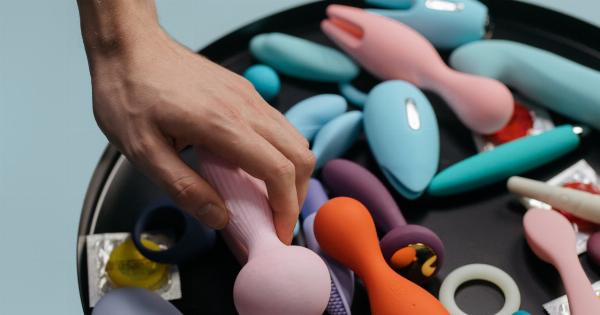Histle Keratosis is a common skin condition that affects many individuals worldwide. It is characterized by the formation of small, rough bumps on the skin, often resembling the texture of sandpaper.
These bumps are typically painless and benign, but they can cause discomfort and self-consciousness. In this comprehensive guide, we will explore the causes, symptoms, diagnosis, treatment, and prevention of Histle Keratosis.
Causes of Histle Keratosis
The exact cause of Histle Keratosis is still unknown, but several factors are believed to contribute to its development.
One of the primary causes is the overproduction of keratin, a protein that protects the skin from infections and other harmful substances. When there is an excess of keratin, it can build up and block the hair follicles, leading to the formation of the characteristic bumps.
Genetics also play a role in Histle Keratosis, as it tends to run in families. People with a family history of the condition are more likely to develop it themselves.
Additionally, certain environmental factors, such as dry climate and low humidity, can exacerbate the symptoms of Histle Keratosis.
Symptoms of Histle Keratosis
The main symptom of Histle Keratosis is the presence of small, rough bumps on the skin. These bumps are often flesh-colored or slightly red and can vary in size. They typically appear on areas such as the upper arms, thighs, buttocks, and cheeks.
In some cases, the bumps may become inflamed, itchy, or irritated.
Although Histle Keratosis is a benign condition, it can cause self-esteem issues and psychological distress, particularly in cases where the bumps are prominent or widespread.
Diagnosis of Histle Keratosis
A dermatologist can usually diagnose Histle Keratosis through a simple physical examination. The distinctive appearance of the bumps is typically enough to confirm the condition.
However, in certain cases, a skin biopsy may be performed to rule out other potential causes and confirm the diagnosis.
Treatment of Histle Keratosis
While there is no known cure for Histle Keratosis, several treatment options can help manage the symptoms and improve the appearance of the skin.
These treatments focus on exfoliating the skin to remove the keratin buildup and moisturizing to prevent further dryness.
Topical treatments containing ingredients like salicylic acid, urea, or lactic acid can help soften the keratin and smooth the skin. Regular use of these products can gradually improve the texture and appearance of the bumps.
In some cases, dermatologists may recommend more intensive treatment options, such as laser therapy, chemical peels, or microdermabrasion. These procedures aim to remove the outer layer of the skin and reduce the appearance of the bumps.
Prevention of Histle Keratosis
While it may not be possible to prevent Histle Keratosis entirely, certain measures can help minimize the risk of its development or reduce its severity. These include:.
Conclusion
Histle Keratosis is a common skin condition characterized by rough bumps on the skin. While it is not harmful, it can be a source of discomfort and self-consciousness.
Understanding the causes, symptoms, diagnosis, treatment, and prevention of Histle Keratosis can help individuals manage the condition effectively and improve the appearance of their skin.




























